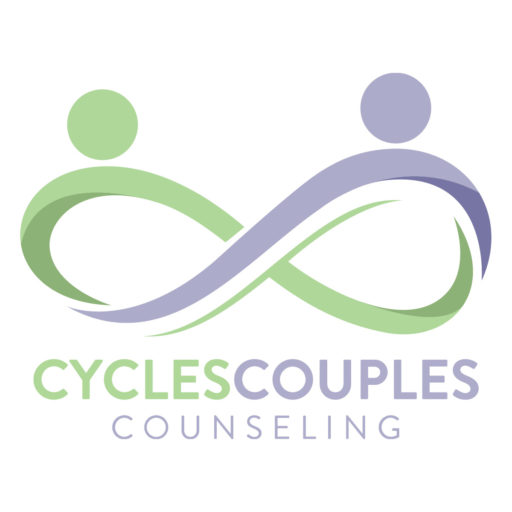Do you think shame could be impacting your relationships?
Shame is present at the heart of many relationship issues. Identifying shame can tricky. At Cycles Couples Counseling, we've combined a list of the biggest markers our therapists use to identify shame in clients. Read along and see if this sounds like your experience.
#1 Shame tells you negative stories about yourself.
One telltale way to identify if shame is sneaking into your thoughts is by noticing the basic structure of the stories you are hearing in your head. Shame narratives follow a standard structure that evaluates self negatively. Shame tries to make it's host believe that bad things are happening to them because they are a bad person. All explanations that shame makes circle back to the host deserving any negative outcomes because they are less than. While guilt might say you did a bad thing, shame says you are bad. Shame narratives aren't creative. They follow the same repetitive explanation at nauseam.
#2 Shame tells you to isolate and avoid others.
Another clear way to identify shame is to check on what the thoughts in your head are telling you to do. Shame will tell it's host to avoid relationships and others by either saying that others will not like you or that something is wrong with others if they interact positively with you. Shame thrives when it can isolate it's host and prevent any rebuttals to these negative views of yourself. If you have a sense you are bad and you should quarantine yourself, it's probably a shame thought.
#3 Shame often shows up as anger or collapse.
One way clinicians identify shame in clients is the sudden activation of anger or an immediate collapse. Shame tends to show up through people exploding or imploding. The shame structure follows two processes--lashing out at close others for activating the shame feeling or lashing out at self when the shame feeling is activated. If you feel suddenly aggressive towards others or deeply down on yourself, this acute shift that's hard to track could be the result of a shame trigger.
#4 Shame tells people they are either too much or not enough.
As emphasized with point #1 and point #2, shame stories do not have a lot of plot variety. They typically follow the same not-so-creative gist. When people track the stories that shame tells them, they typically follow into two camps--I will never be enough for you or I am too much for you. It's a Goldilocks dilemma. Shame is driven to tell the story that you as a being are not the right amount and that is why you shouldn't burden others by being around them or why they don't want to be around you.
#5 Shame shows up during moments of pleasure or connection.
One of the most confusing parts about shame attacks is that they often show up in times of pleasure or connection with others. All these stories of unworthiness are easily activated by positivity. If you find yourself confused why affection or attention makes you feel so low, it's likely that shame is there blocking the enjoyment. If you get too much love and connection, shame will not be able to survive, so shame works hard to continue to disempower its host.
If shame is impacting your relationships, seek therapy!
Our clinicians are trained to help you get quicker at identifying the shame voice and prevent it from overpowering your true intuition. You don't have to let shame dictate your relationship with yourself or others. With Emotionally Focused Therapy (EFT), Cycles Couples Counseling clinicians will assist you to stop the isolation and find other ways to respond to shame, rather than imploding or exploding.
Interested in hearing more about Emotionally Focused Therapy? Schedule a free phone consultation today!
Learn more about Emotionally Focused Therapy in California.

